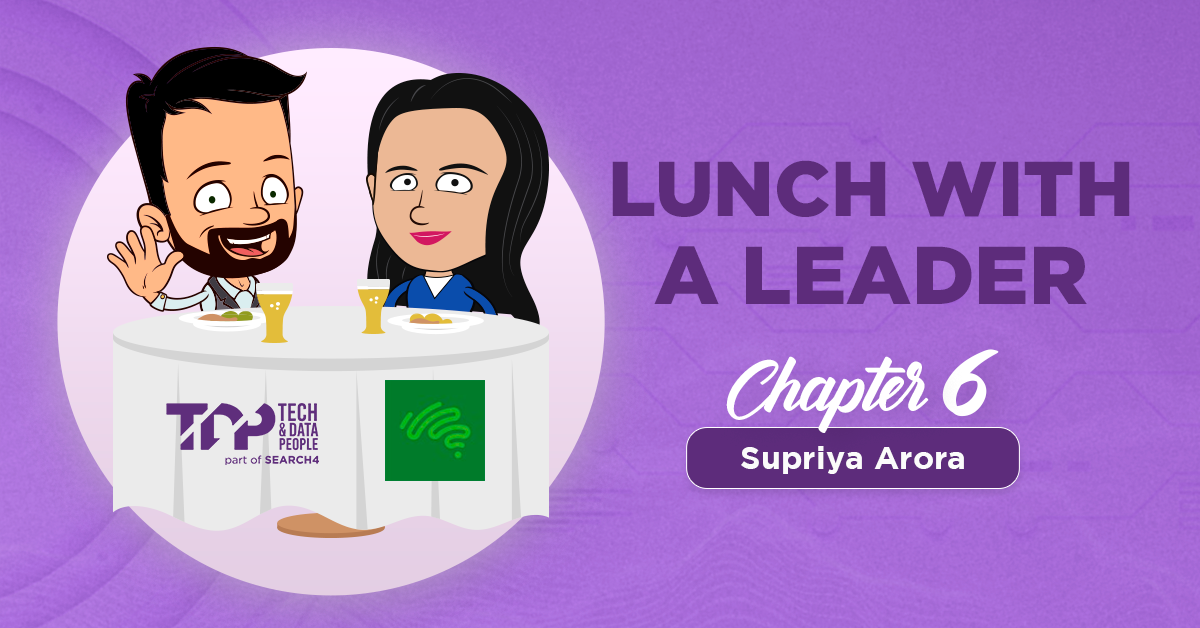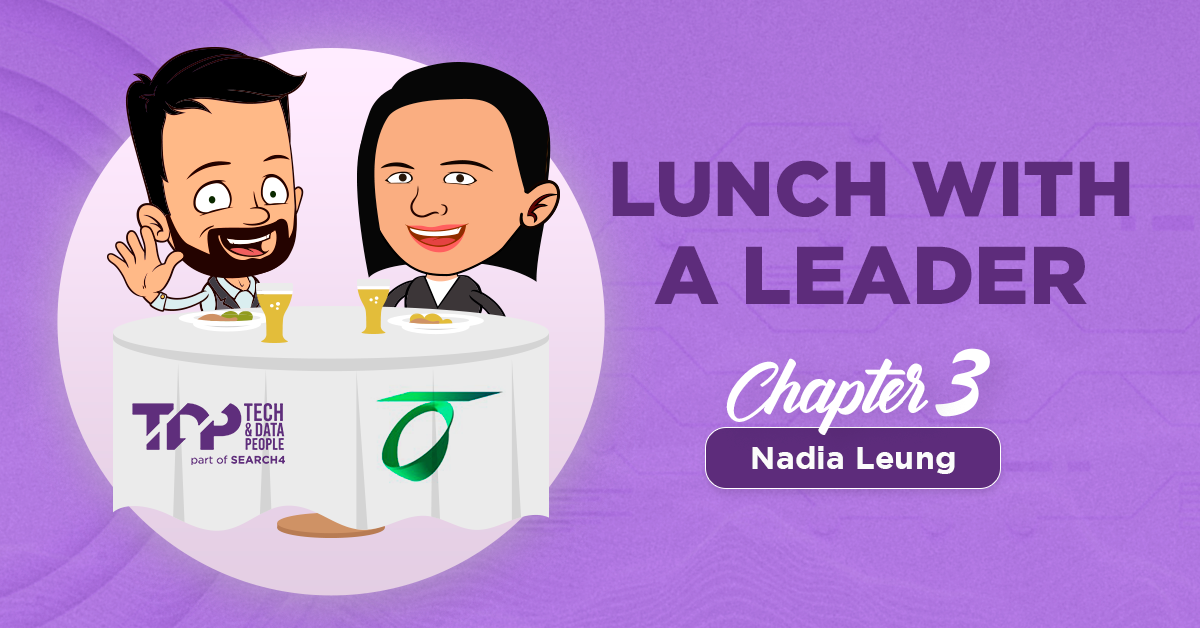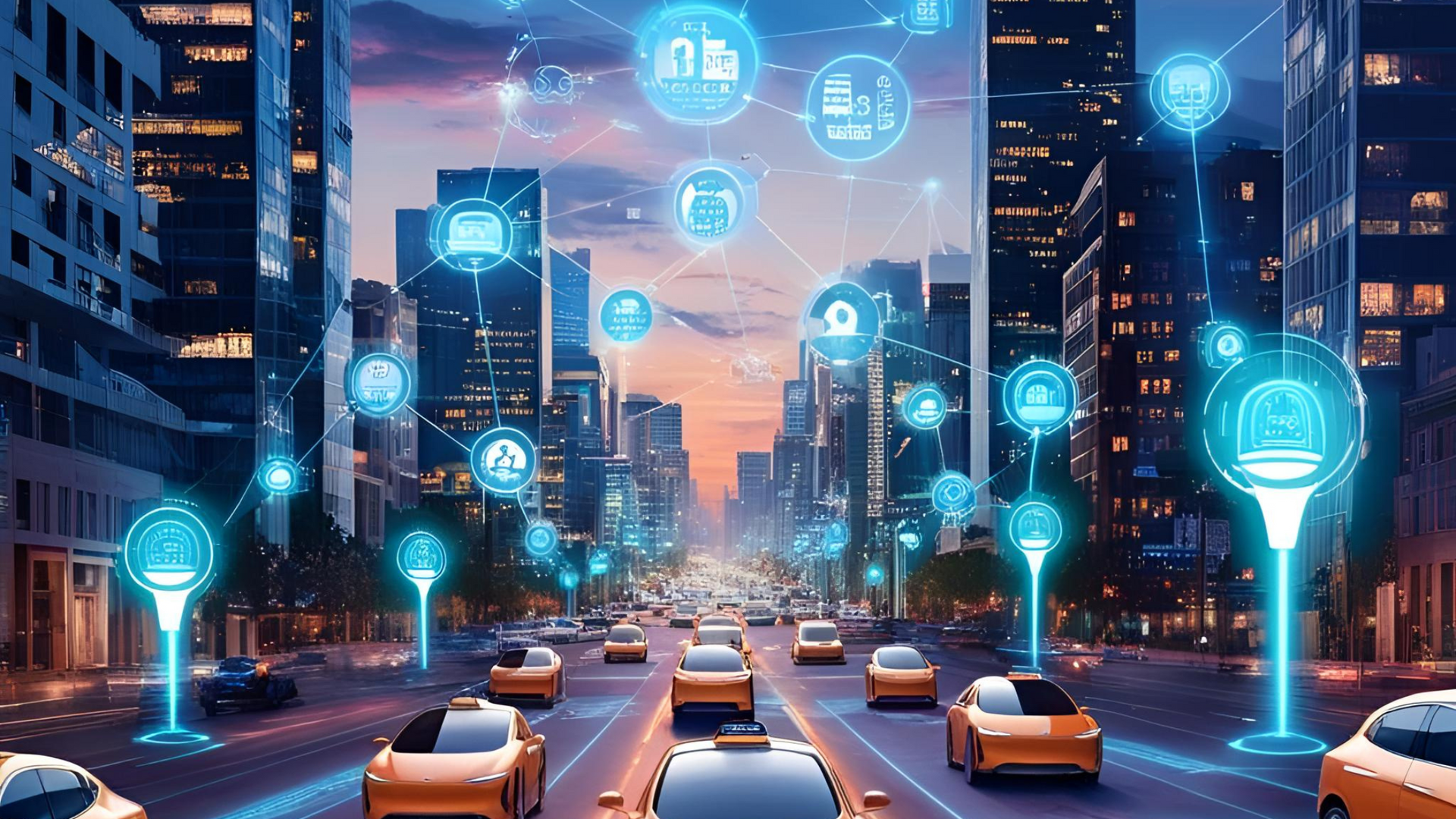Blogs
The Employer Brand Test: Would You Apply to Your Own Job Ad?
Spoiler: “Competitive salary” isn’t the hook you think it is.

Let’s be honest for a second…
You’ve spent hours with hiring managers gathering role details. You’ve battled HR on budget. You’ve finally wrangled approvals and put together what looks like a solid job ad.
You hit publish.
And then… crickets.
Or worse, 48 applications, none of them relevant and your best candidate has ghosted you mid-process.
Cue frustration, a few internal eye rolls, and the inevitable question:
“Where is all the good talent?!”
But let’s pause here.
Before we blame the market (which is tough, we’re not denying it), here’s a question worth asking:
Would you apply to your own job ad?
Because if the answer’s “hmm, probably not,” it’s time for a re-think.
Your Job Ad Is Not Just a Job Ad
It’s your first handshake. Your elevator pitch.
Your shop window on a crowded street full of shiny competitors offering dog-friendly offices, quarterly off-sites in Byron, and four-day work weeks.
In a world where attention spans are shorter than a TikTok video, candidates are scanning fast. You have roughly 15 seconds to:
- Prove you’re worth their time
- Show them the why of the role
- Give them enough insight to imagine themselves in it
Fail to do that and your perfect prospect has already clicked away to something more compelling.
Where Most Job Ads Go Wrong
Let’s call it out:
- “We’re a dynamic team…” (Everyone is. Even the ones that aren’t)
- “You’ll be responsible for…” (Please, not the 11-point list of vague duties)
- “We offer a competitive salary.” (Translation: “We don’t want to put the number”)
- “Great culture!” (Back it up. Otherwise, it’s just white noise.)
You might think you’re being informative. But what you're actually doing is blending into the noise.
What Candidates Actually Want to Know
Here’s what most tech professionals are scanning for:
- Impact – What difference will I make here?
- Growth – Is this a role that challenges me or another BAU placeholder?
- Tech environment – Are you using the tools I want to work with?
- Flexibility – Be specific. “Hybrid” could mean anything from 1 to 5 days in-office.
- Team & culture – Show me the humans behind the work. Mention values, leadership style, ways of working. Bonus if it doesn’t sound like ChatGPT wrote it (ahem).
The Employer Brand Self-Test
Before you hit publish on your next job ad, ask yourself:
- Would I click on this if I was passively browsing?
- Does the first line grab attention, or put me to sleep?
- Do I actually explain what makes this role or team different?
- Would I forward this to someone I rate?
- Do I sound like a real person? (Or a corporate job board circa 2014?)
If you answered “no” to even one of these, it’s worth tweaking.
A Better Way to Write Job Ads
Think of your job ad as a pitch, not a position description.
- Lead with a hook - a reason to care
- Say what the team is building, not just doing
- Be transparent - salary, flexibility and reporting lines earn trust
- Mention what success looks like
- Give it a personality - speak like a human, not a template
Here’s the thing: the market is still active. Great candidates are out there. But they’re not wasting time on bland, beige job posts. If you want them to choose you, make them feel like they already belong before they apply.
Your job ad is your employer brand.
Not the careers page. Not the Glassdoor reviews. Not the LinkedIn banner with smiling stock photos.
It’s the words they read first, so make them count.
And ask yourself honestly:
Would I apply to this?
If not, why would anyone else?
